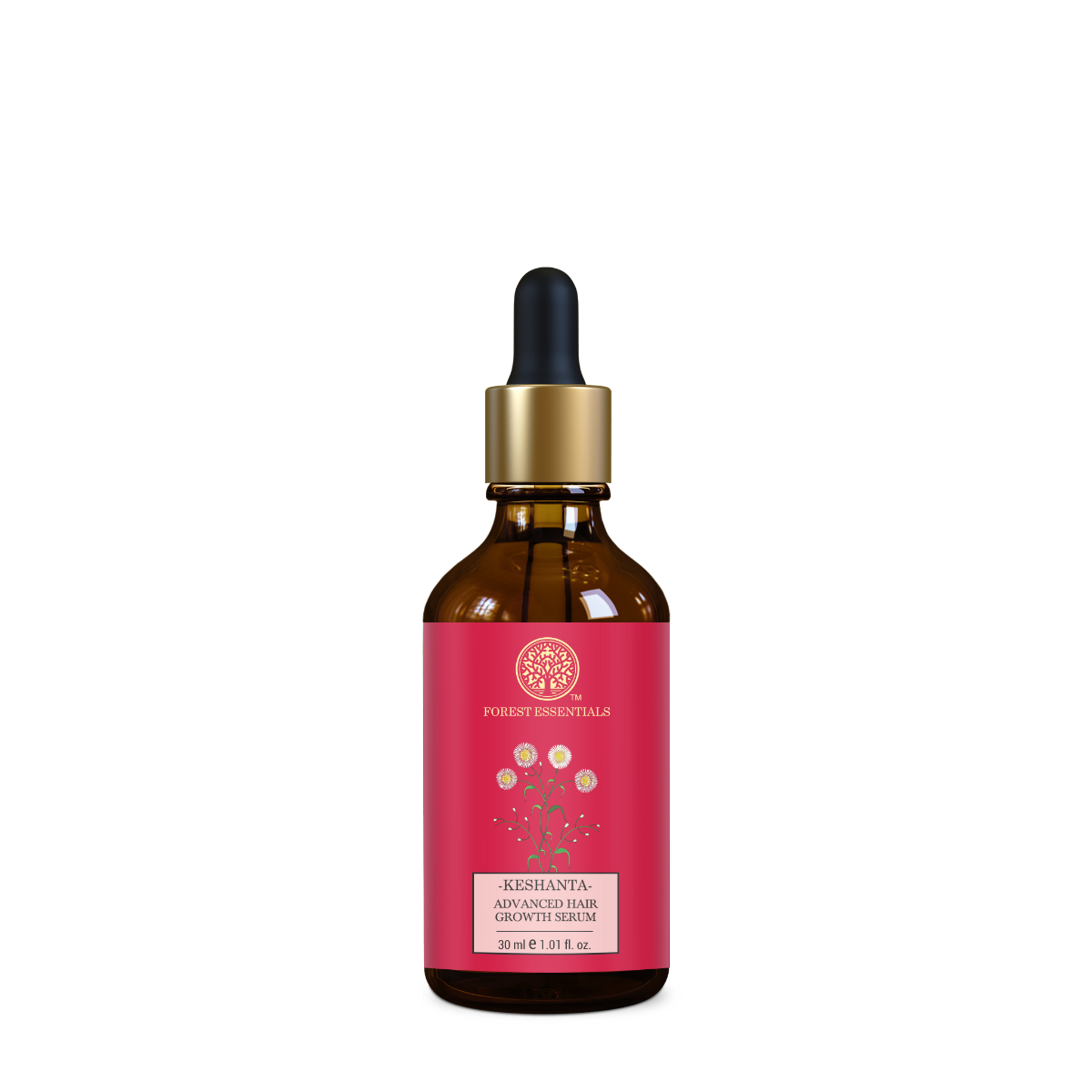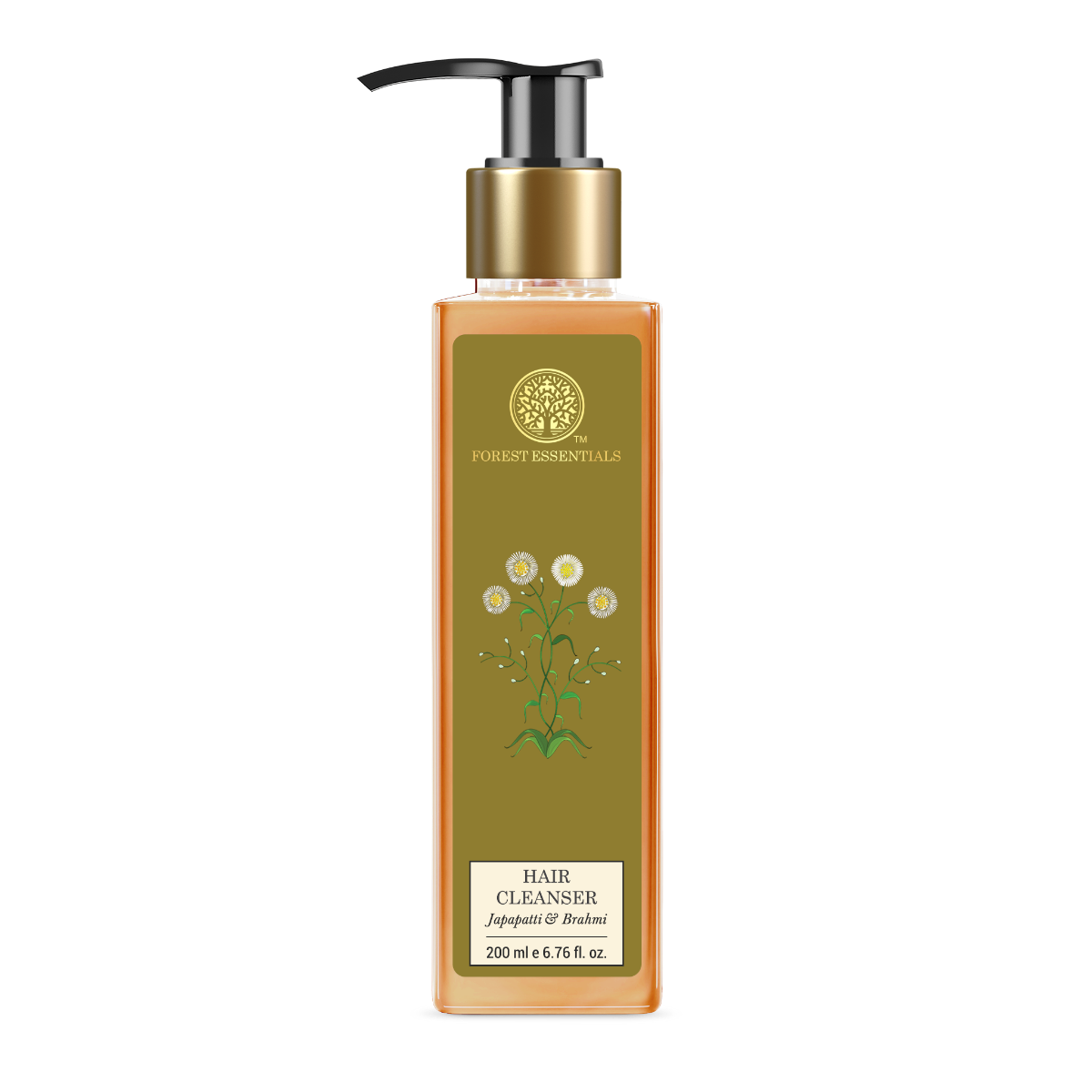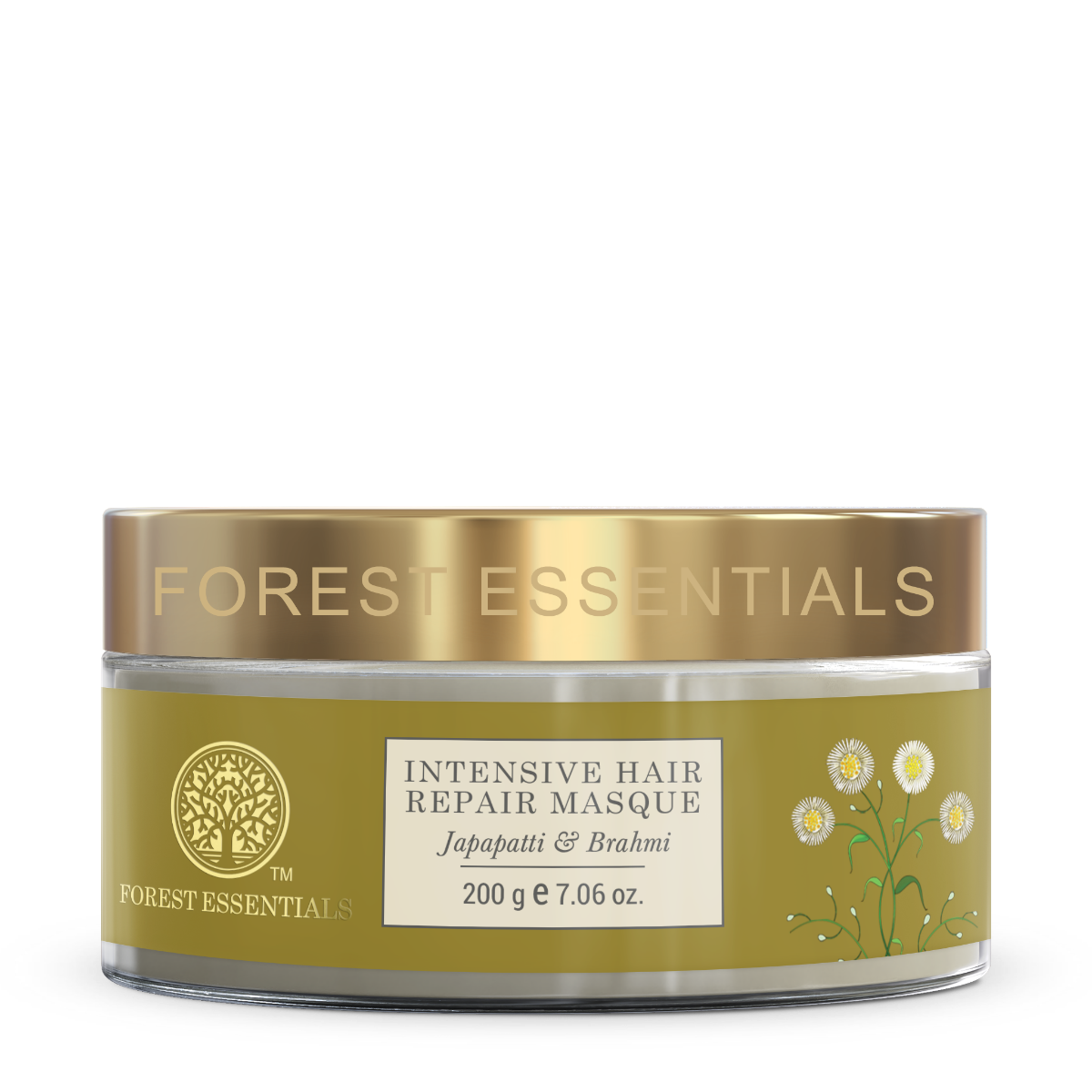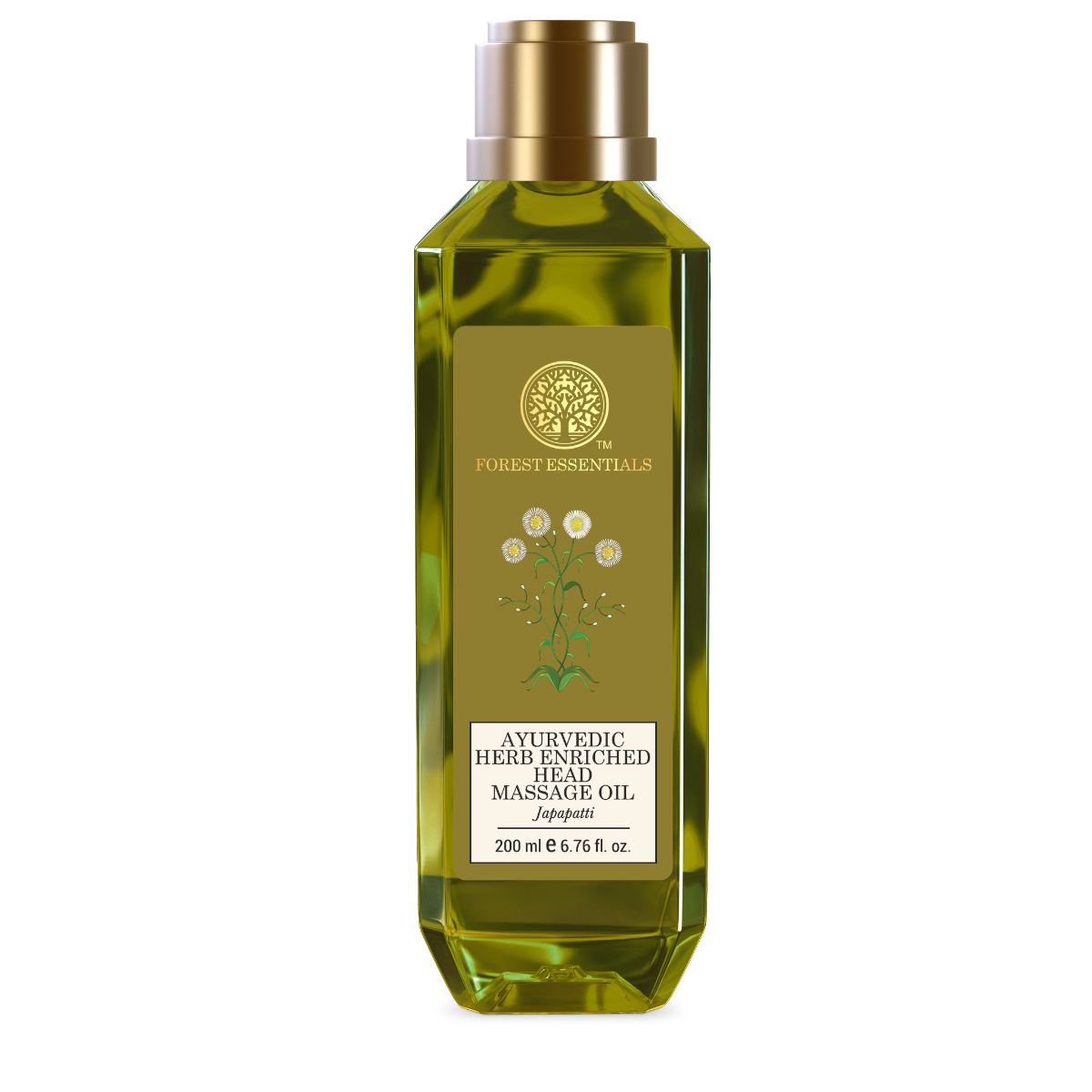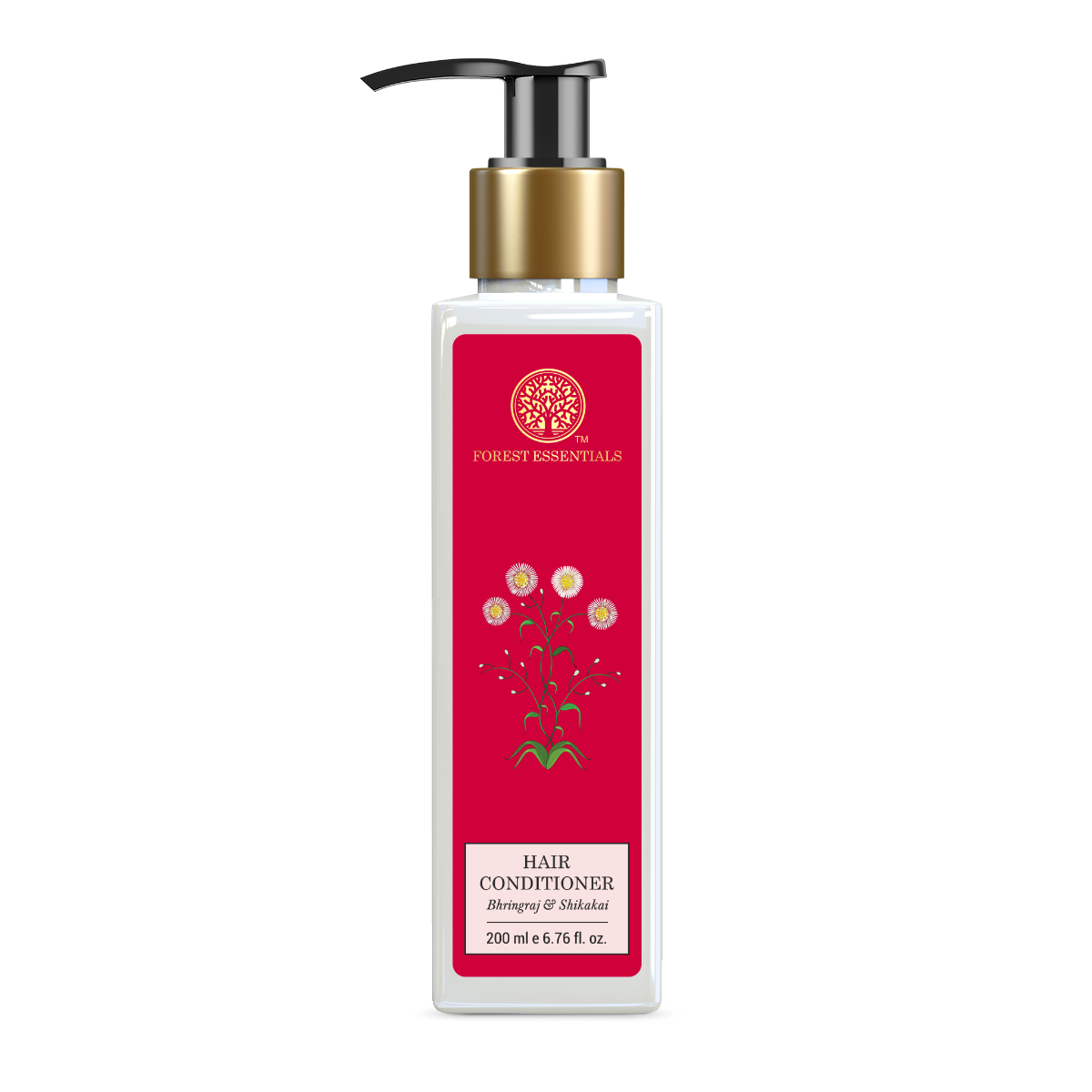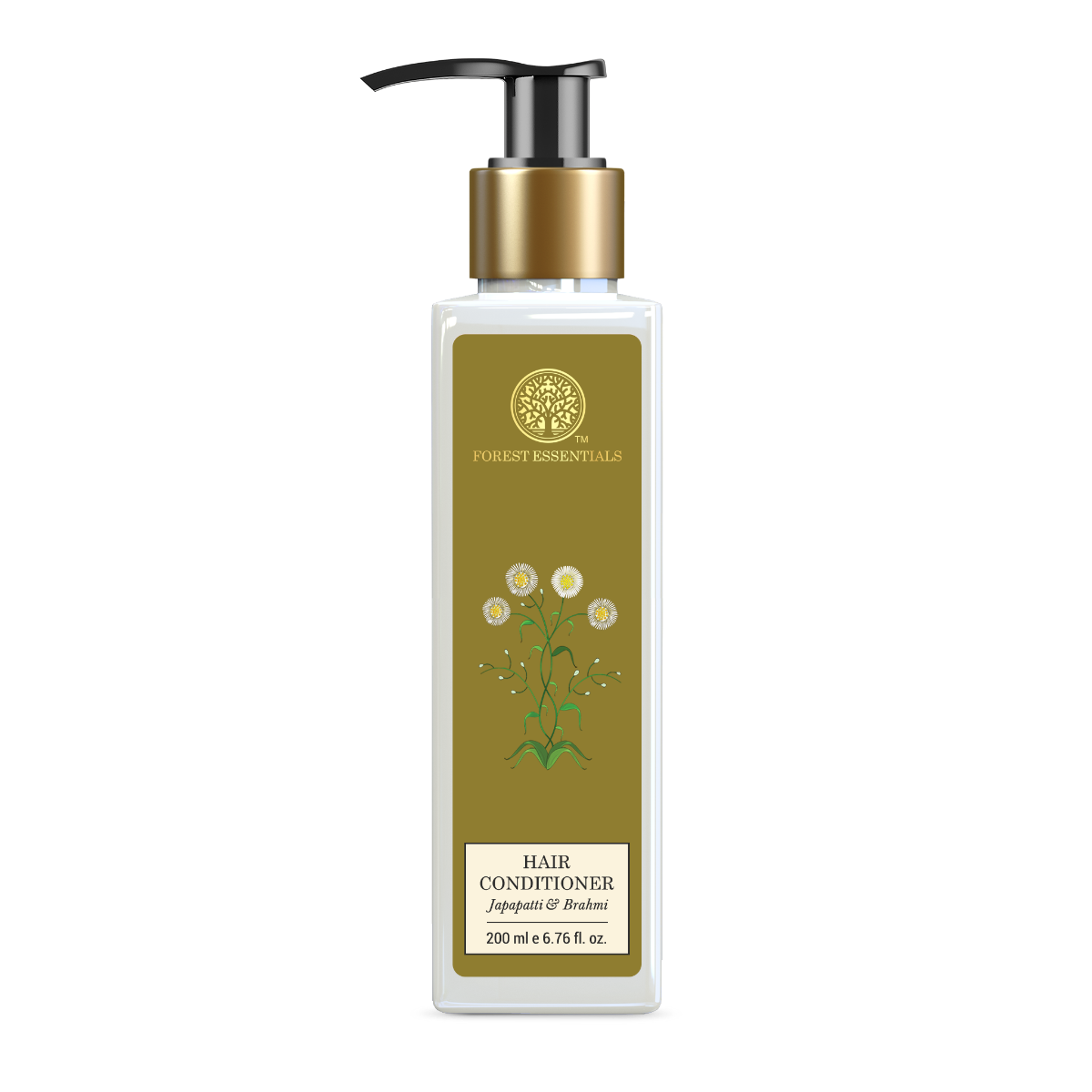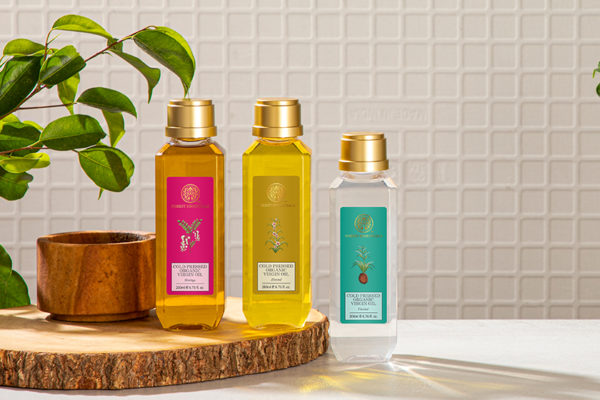One of my most treasured childhood memories was of lazy Sunday mornings when my mother plucked fresh, vibrant Hibiscus flowers from our garden and blended them into a warm, fragrant oil that she would rub into my dry, knotted strands. As she gently detangled my tresses and massaged the oil into my scalp, she told me about the nourishing goodness these red-hued flowers possess and how to use Hibiscus for hair. And just as these Sunday champi (head massage) sessions hold a special place in my memories, Hibiscus, too, has a special place in my hair care ritual.
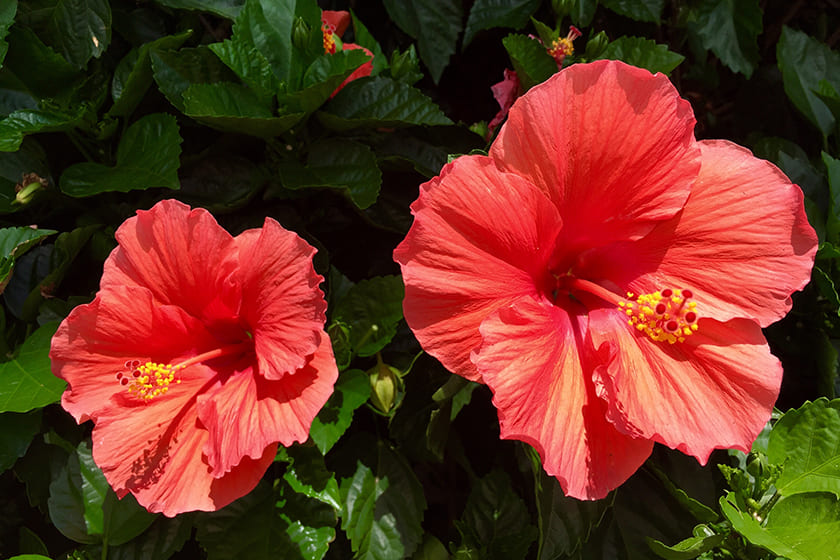
Hibiscus, a renowned Keshya (hair-promoting herb), has been revered in Ayurveda for its hair benefits and ability to boost hair growth. Both petals and leaves are known to improve hair growth owing to their Pitta-balancing properties. According to Ayurveda, hair loss is usually caused by damage to the hair follicles due to excessive body heat. The cooling properties of Hibiscus make it an excellent Pitta-balancing herb, which is beneficial for hair fall and regrowth-related issues. Furthermore, the amino acids in Hibiscus flowers provide the hair with the nutrients that help stimulate hair growth. These amino acids produce the structural protein called keratin, which is the building block of hair. So if you are looking to incorporate Hibiscus for hair benefits, this herb nourishes, strengthens, and binds the hair roots, making them less prone to breakage.
7 effective ways to incorporate hibiscus for hair growth
Hibiscus hair oil for growth
When Hibiscus paste is infused with growth stimulants such as Coconut Oil, Almond Oil, and Olive Oil, it acts as a potent hair tonic.
Take 8-10 leaves and 4-5 flowers, and grind them into a fine paste. Heat 100 ml of Coconut Oil and add it to it. Massage it on the scalp. Use this Hibiscus hair oil 2-3 times weekly for increased hair growth.
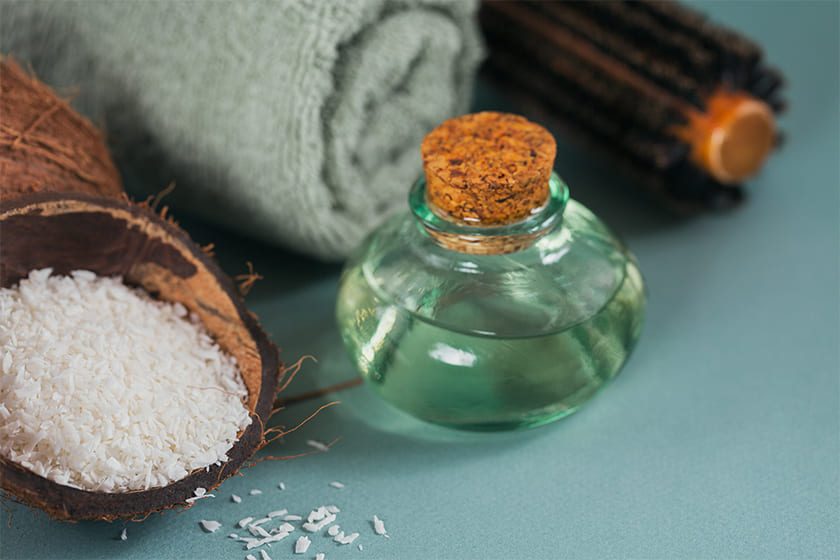
Hibiscus for hair-fall control
Combining Hibiscus and Onion juice helps activate the dormant hair follicles and, stimulates richer & healthier regrowth, and prevents hair fall.
Mix the fresh juice of Hibiscus leaves with Onion juice, and apply it to the hair and scalp. Keep it on for 15-20 minutes and wash it with lukewarm water.
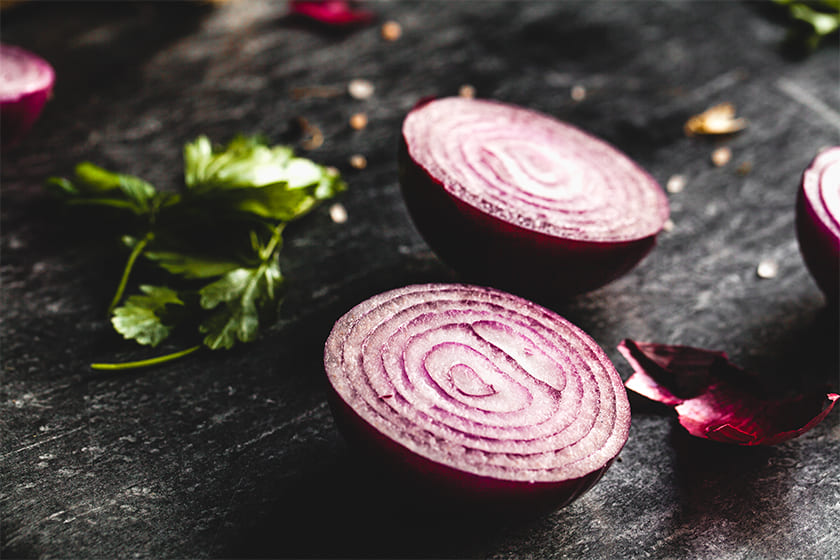
Anti-dandruff Neem and Hibiscus Hair mask for oily scalp.
Hibiscus for hair is highly beneficial in treating oily scalp issues such as dandruff and itchiness due to its astringent properties. Neem also possesses antimicrobial properties, and this combination acts as an excellent treatment for dandruff, oily scalp, and growing healthier hair.
Mix Hibiscus powder and Neem powder in equal amounts in yogurt to make a smooth paste. Apply it to the scalp and hair. And rinse off with a mild ayurvedic shampoo. Use it once or twice a week.
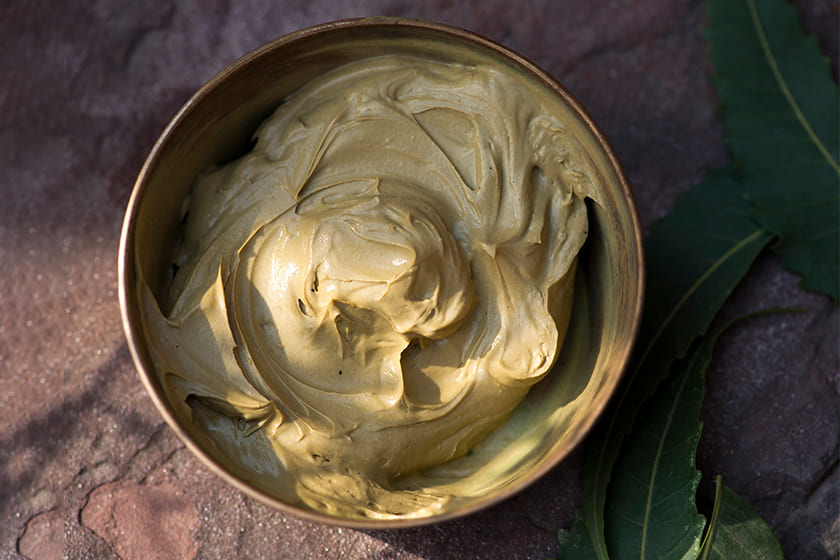
Hibiscus water rinse for shine and lustre
For about 5 minutes, boil 1/4 cup of dried Hibiscus petals in 1.5 cups of water. Once cool, add 1 tsp Glycerin, 1 tsp Olive Oil, and five drops of essential oils such as Lavender or Lime. Mix and stir well. Strain the petals, and pour the mixture into a clean spray bottle.
Spray directly onto dry hair, on the roots and ends. Massage gently for 1-2 minutes. Cover your hair with a shower cap and leave it on for 1-2 hours. Use hair shampoo and hair conditioner your hair as usual. Keep the bottle in the fridge and use it within 1-2 weeks. Use it 2-3 times a week.

Deep conditioning Hibiscus and Aloe vera masque
Hibiscus flowers and leaves contain high mucilage, which conditions the hair. Upon contact with water, this naturally occurring conditioner will increase in volume and maintain a layer of moisture over the hair.
Combine 2 tablespoons of hibiscus petals and leaves with 1 cup of Aloe Vera gel until you get a smooth paste. Apply this paste to your hair and scalp. Leave the paste for 45 minutes and then rinse it with lukewarm water. You can use this conditioning masque once a week.

DIY Natural Hair Colour
Hibiscus for hair has been traditionally used as a natural colour to mask grey hair. As a Ranjana herb, the reddish colour of the flowers has the effect of darkening the hair and giving it a reddish hue.
Boil 2 cups of water, add 1 cup of red Hibiscus flower petals to this and then boil it for a few more minutes. Let the petals steep in the boiling hot water, so the colour is liquefied. Turn the flame off and let the water cool. Once it cools down completely, strain the flowers, and transfer the liquid to a spray bottle.
Spritz the Hibiscus water on clean and dry hair. Run a comb along the lengths to ensure an even spread of colour. Let this Hibiscus colour sit on your hair for at least an hour, and then rinse with water. Let your hair dry in the sun to intensify the colour.
Hibiscus tea for hair growth
Drinking this Vitamin C-enriched tea will yield positive results in making your hair healthier.
Put 2-3 dried Hibiscus flowers in the cup and 1 cup of hot water to this. Allow them to steep for 4-5 minutes, and then add brown sugar or honey to your taste. Have 1-2 cups a day for best results. You may also add lemon and mint to it to enhance the taste.
You can also experience the numerous benefits of Hibiscus for hair with our Japapatti & Brahmi Hair Care range. This carefully crafted range of luxurious Ayurvedic hair care products is prepared using the purest, most potent ingredients to nourish your hair and indulge your senses in an experience like no other.
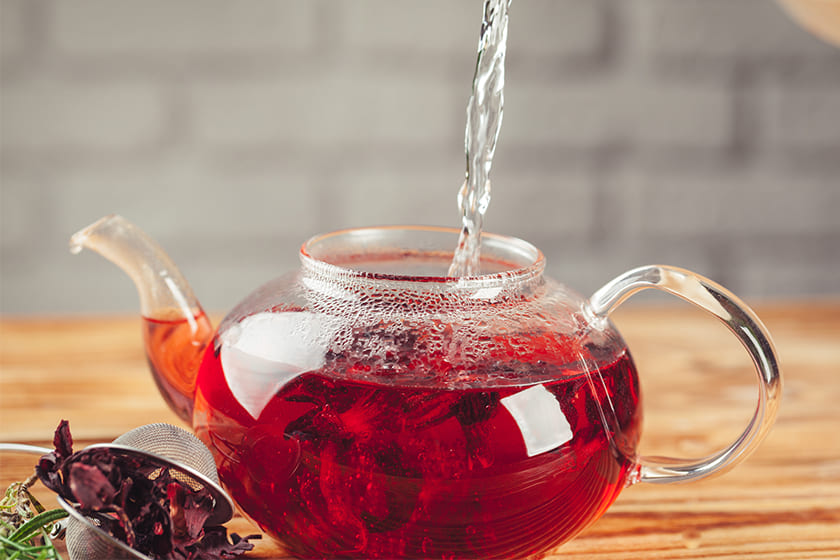
FAQs
Does Hibiscus stop hair fall?
Hibiscus prevents and controls hair fall as it is rich in amino acids and Vitamin C, which improves keratin synthesis and stimulates hair follicles to strengthen them.
Does Hibiscus regrow hair?
Hibiscus for hair helps in promoting healthy growth by improving keratin production and stimulating the hair follicles.
What happens if we apply Hibiscus on hair?
Hibiscus for hair can be very beneficial when applied in the form of an oil or hair mask. It is rich in essential nutrients and vitamins that strengthen hair follicles, stimulate hair growth and prevent hair fall. It also acts as a natural hair colour to mask greys.




